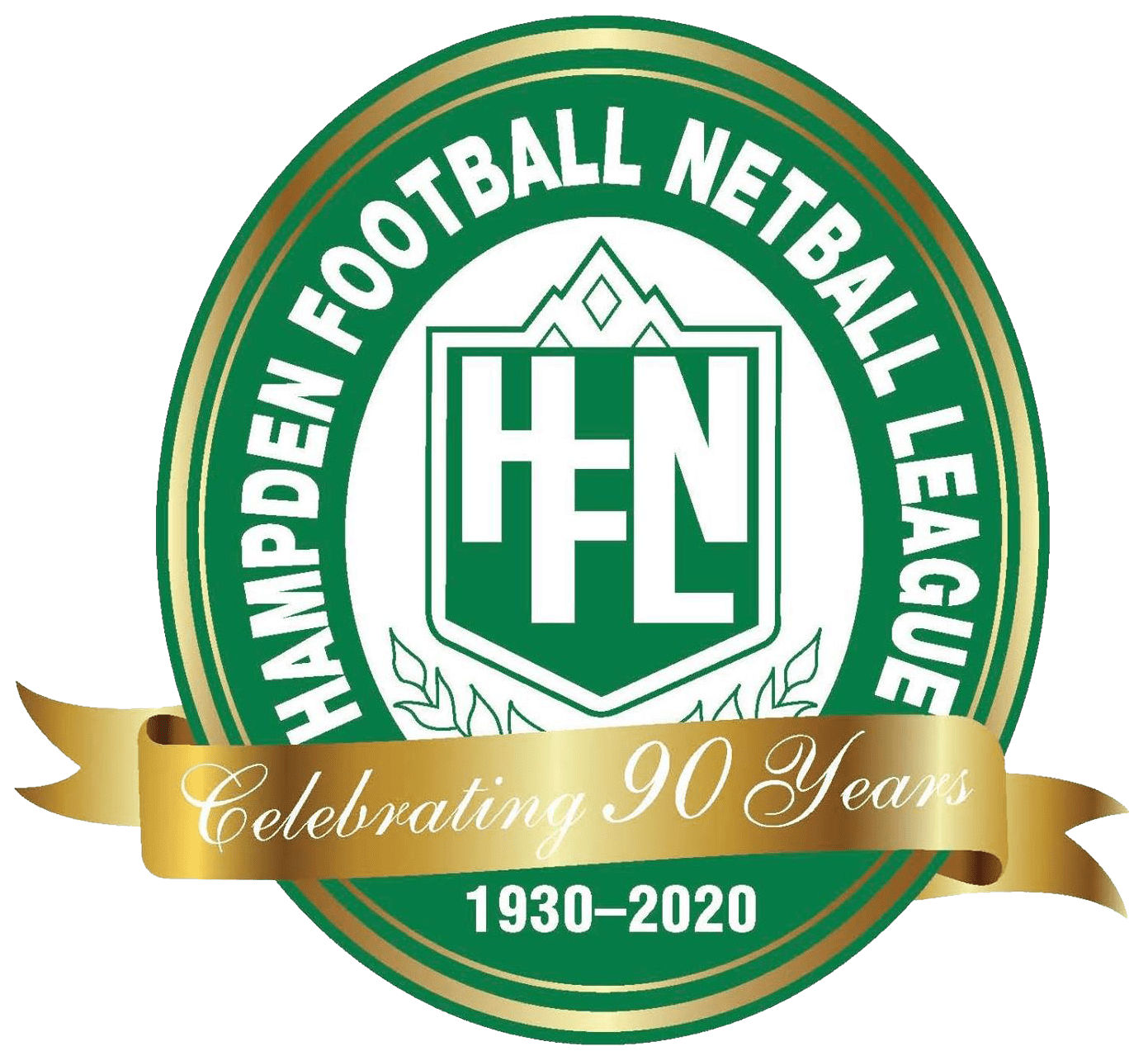Injury Assessment: Part 1
If you think a player is injured, the trainer needs to ascertain the following:
Do we have a problem?
Yes
No, play on, check the player occasionally
Can we manage it?
Yes, and then manage it
No, refer to appropriate medical professional
Looks easy, how do we make this judgment?
We need information, with enough information the answers tend to appear, some more obvious than others.
Viewing
The trainer will ideally see the incident. “Viewing” can provide vital information to the trainer. Viewing is the art of looking in front of, and behind play, checking for incidents and or injured players, scanning the entire ground at a break of play. If you see an incident, don’t assume you know what the problem is: confirm
your suspicions by obtaining additional information from the player or other people who may have seen the incident.
The following is designed to assist in obtaining additional information:
S.A.L.T.A.P.S
Stop, Ask, Look, Touch, Active, Passive, Skills
ALWAYS CONSULT A TRAINED PROFESSIONAL. This information is a resource and provides an overview. It’s not a substitute for medical advice and you should always see a trained professional practicing in sports medicine, your doctor or seek assistance of the hospital if the injury/ health concern requires urgent attention
Proudly Supported by: The Flying Horse, Warrnambool – Pulse CPR – Star Printing
Email: sspokes@yahoo.com.au | Facebook page: South West Trainers


